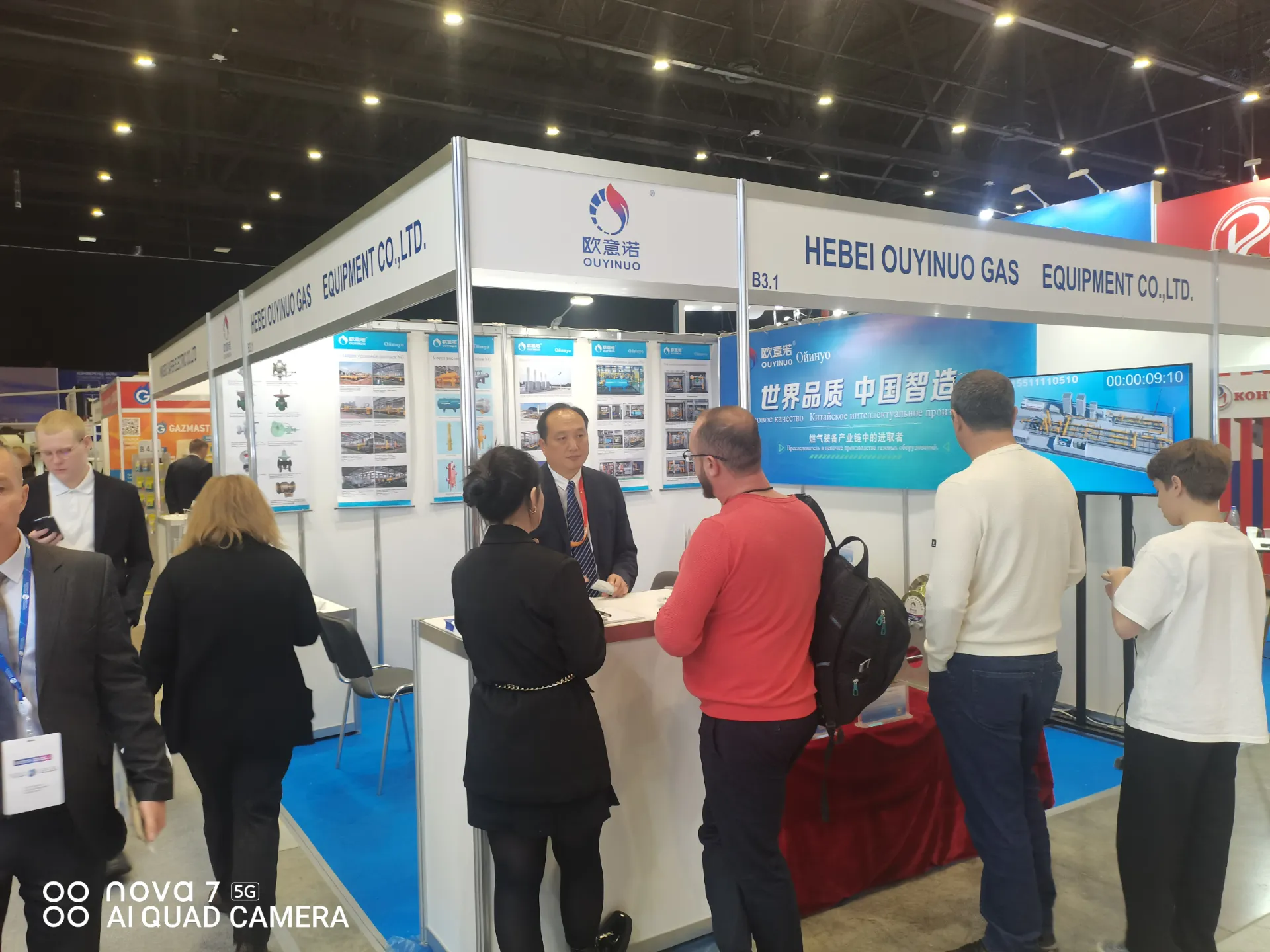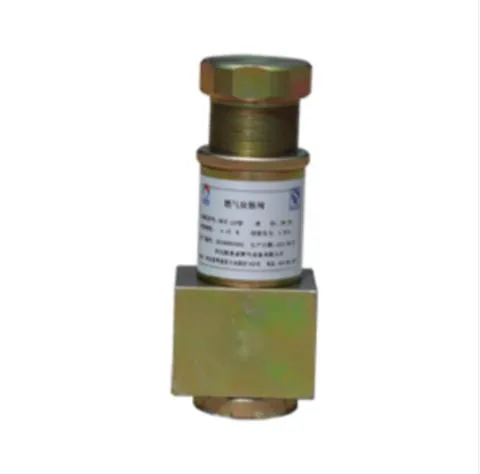
Jun . 01, 2025 14:01
Back to list
Natural Gas Filter Separators High-Efficiency Gas Filtration Solutions
- The growing industry demand for advanced gas filtration
- Critical technical specifications defining quality filters
- Comparative analysis of leading manufacturers
- Customization strategies for industrial applications
- Engineering innovations in gas-liquid separation
- Industrial case studies demonstrating performance impact
- Operational improvement strategies for energy facilities

(مرشح الغاز)
The Essential Technology Behind Modern Industrial Gas Filters
High-performance gas filtration stands as a cornerstone technology across multiple industrial sectors, from energy extraction to processing facilities. Natural gas filter separators specifically address critical purification challenges in hydrocarbon processing chains, with global market valuation projected to reach $13.2 billion by 2027 according to recent industry reports. Facilities implementing optimized filtration systems report 23% fewer unplanned shutdowns on average, demonstrating their operational importance in maintaining continuous production workflows.
Evaluating Technical Performance Specifications
Optimal gas filtration efficiency directly correlates with multiple engineering parameters that professionals must evaluate during selection. Effective solutions maintain 99.99% particulate removal efficiency at flow velocities exceeding 35 m/s while sustaining pressure differentials below 0.3 bar. Modern systems incorporate multi-stage filtration methodology including:
- Primary inertial separation removing liquid aerosols
- Secondary coalescing filtration capturing micro-particles down to 0.3 microns
- Tertiary centrifugal separation ensuring zero liquid carryover
These systems consistently demonstrate contamination retention capacities exceeding 15kg/m³ while maintaining permeability levels above standard industry requirements. High-grade stainless steel 316L construction withstands sour gas corrosion at H₂S concentrations up to 28,000 ppm, significantly extending equipment service life in harsh processing environments.
Manufacturing Landscape Comparison
| Specification | Standard Industry Units | Premium Solutions | Economy Alternatives |
|---|---|---|---|
| Pressure Rating | 150-250 PSIG | ANSI 600 (620 PSIG) | ANSI 150 (285 PSIG) |
| Filtration Efficiency | 99.7% @ 3 microns | 99.99% @ 0.3 microns | 96.5% @ 10 microns |
| Material Composition | Carbon Steel | Duplex Stainless Steel | Coated Carbon Steel |
| Mean Service Life | 60 months | 120+ months | 36 months |
| Maintenance Interval | 6 months | 24 months | Quarterly |
Customized Configuration Strategies
Premier manufacturers now offer application-optimized designs that address unique operational parameters and regional requirements. Processing plants with high sand content in feedstock typically implement cyclone separator pre-filtration stages, increasing particulate capture efficiency by 78% compared to conventional designs. For sour gas applications with elevated mercury content, specialized amalgam alloy cartridges demonstrate mercury removal rates exceeding 92% without flow reduction penalties.
Recent advancements in computational fluid dynamics enable performance simulation under specific client process conditions. Operators in Arctic environments achieve reliable functionality at -50°C through integrated heating jacket systems and specialized elastomer seals, while offshore platform installations utilize compact vertical configurations saving 68% footprint space compared to traditional horizontal separator designs.
Engineered Separation Mechanisms
Modern filter separators incorporate sophisticated liquid-gas separation technology utilizing centrifugal acceleration principles combined with optimized coalescing media configurations. This dual-phase separation achieves liquid removal efficiency rates exceeding 99.95% from gas streams, with high-capacity units processing volumes up to 750,000 m³/hour at pipeline transmission pressures. Key innovations include:
- Anti-reentrainment baffle systems preventing separated liquid carryover
- Depth filtration cartridges with electrostatic particulate capture enhancement
- Automated drainage mechanisms maintaining precise liquid levels
Laboratory testing confirms that optimized vane pack configurations reduce re-entrained droplets below 0.003 gallons/MMSCF, significantly enhancing gas quality beyond standard industry requirements.
Field Validation Through Application Case Studies
A Saudi Arabian gas processing facility achieved measurable operational improvements after upgrading to high-efficiency filter separators. The installation resulted in a 42% reduction in particulate-related valve erosion and decreased amine consumption by 19% within the treating units, translating to annual operational savings exceeding $4 million. Performance data collected over 36 months demonstrated:
- 0.8% increase in product gas heating value
- 99.98% instrument air protection reliability
- 92% decrease in filter element replacement frequency
Similar benefits were documented at a Canadian LNG terminal where specialized low-temperature filter separators prevented hydrate formation in export pipelines, reducing dehydration tower regeneration cycles by 35% while maintaining gas dew point specifications of -45°C during winter operations.
Enhancing Facility Operations Through Gas Filter Optimization
Systematic evaluation of filter separator specifications remains critical for operational efficiency. Industry studies confirm that precision-engineered filtration solutions deliver quantifiable benefits across maintenance reduction, energy conservation, and production continuity parameters. Processing plants upgrading to modern filtration technologies typically achieve ROI within 14 months through operational savings. Optimal configuration selection requires thorough analysis of particulate loading profiles, flow conditions, and chemical composition variables specific to each application, ensuring filtration systems meet both current operational requirements and future expansion scenarios.

(مرشح الغاز)
FAQS on مرشح الغاز
What is the primary function of a gas filter (مرشح الغاز)?
Q: What does a gas filter do?
A: A gas filter removes impurities, dust, and contaminants from gas streams. It ensures the gas is clean and safe for industrial or residential systems. This improves equipment efficiency and longevity.
How does a natural gas filter separator (فاصل مرشح الغاز الطبيعي) work?
Q: What is the role of a natural gas filter separator?
A: It separates liquid droplets and solid particles from natural gas using coalescing media. This dual-action process ensures purified gas flow. It is critical for pipelines and processing facilities.
Why is maintenance important for a gas filter (مرشح الغاز)?
Q: How often should a gas filter be maintained?
A: Regular maintenance prevents clogging and ensures optimal performance. Inspect filters every 3-6 months or as per manufacturer guidelines. Neglect can lead to system failures or safety risks.
What distinguishes a gas filter separator (فاصل مرشح الغاز) from standard filters?
Q: What makes a gas filter separator unique?
A: It combines filtration and liquid/gas separation in one unit. This dual function is essential for high-moisture or debris-heavy environments. Typical applications include oil and gas refineries.
When should a natural gas filter separator be replaced?
Q: What are signs of a failing gas filter separator?
A: Replace it if pressure drops spike or contamination levels rise. Visible damage or corrosion also indicates replacement needs. Follow OEM schedules to avoid operational disruptions.
Latest news
-
What Role Do Pressure Reducers Play in Industrial Systems?NewsJun.12,2025
-
What Role Do Gas Valves Play in Industrial Safety and Functionality?NewsJun.12,2025
-
Key Components in Energy Management and Temperature ControlNewsJun.12,2025
-
Integral Components in Mechanical and Energy SystemsNewsJun.12,2025
-
How Do Industrial Valves and Filters Ensure System Safety and Efficiency?NewsJun.12,2025
-
Essential Components for Industrial Fluid Management: Valves and SystemsNewsJun.12,2025

